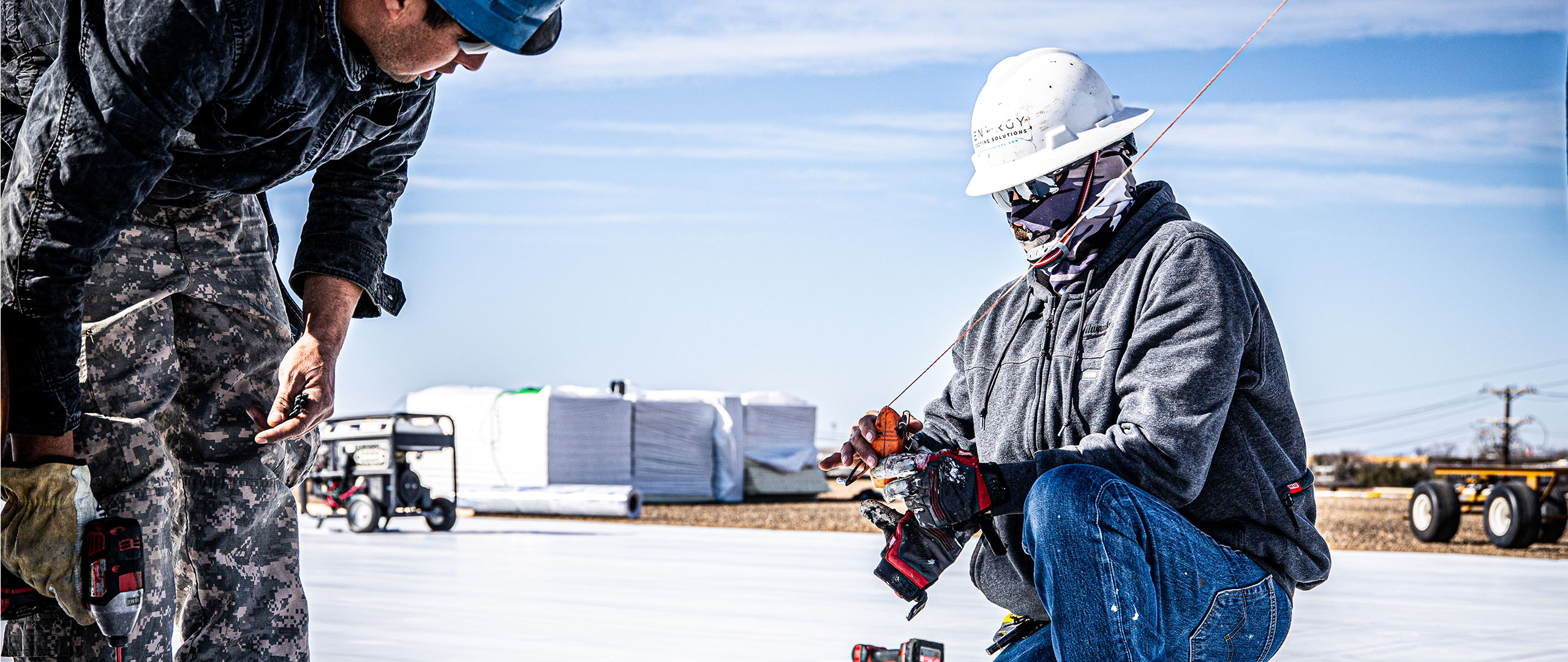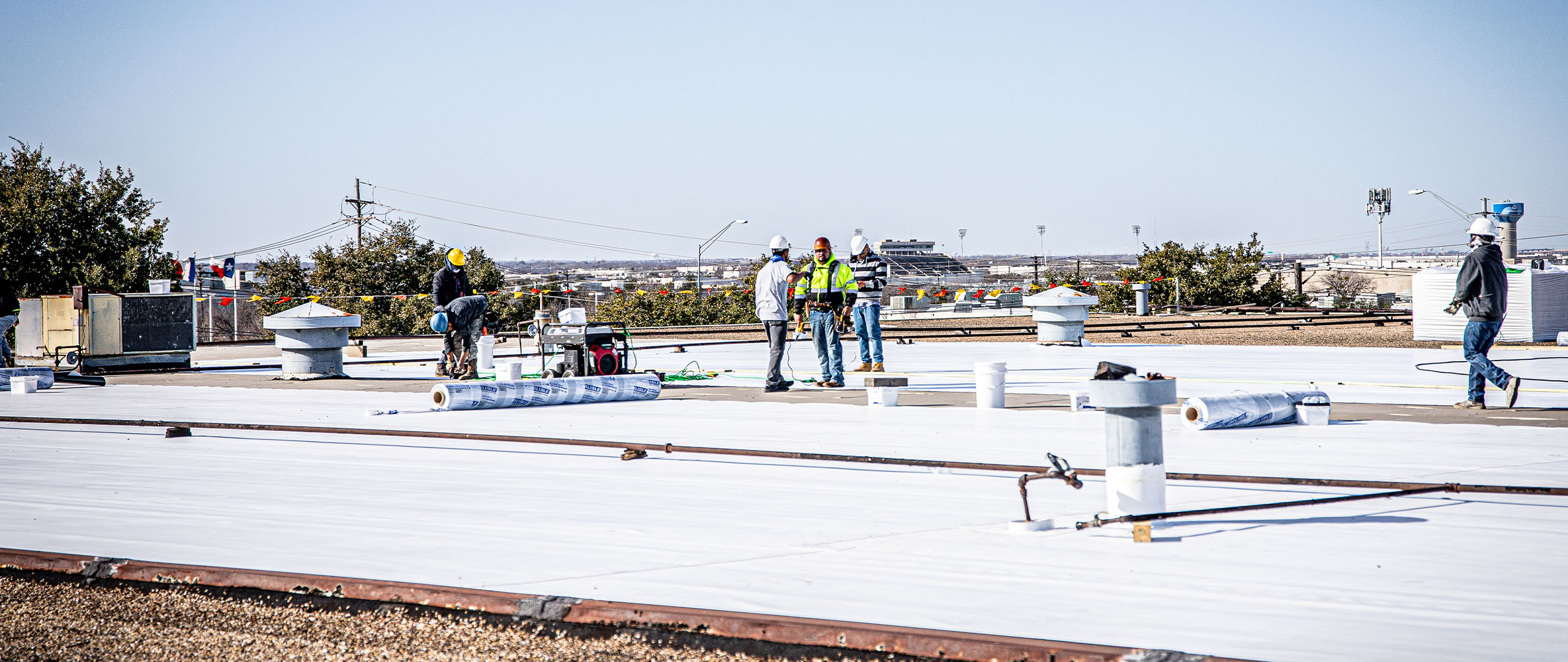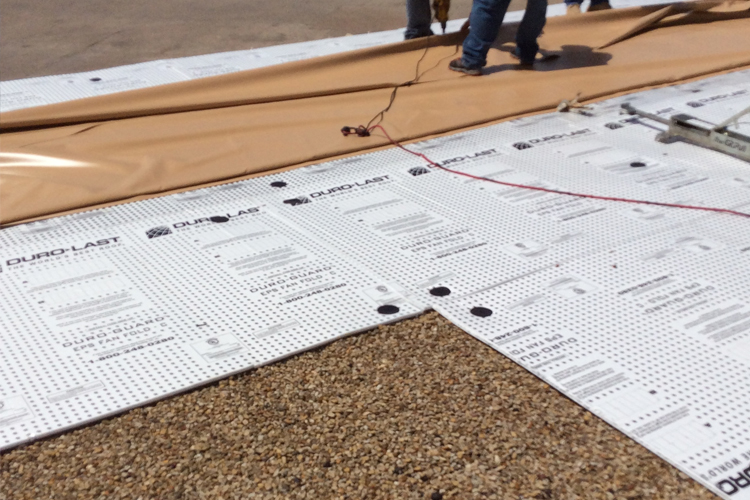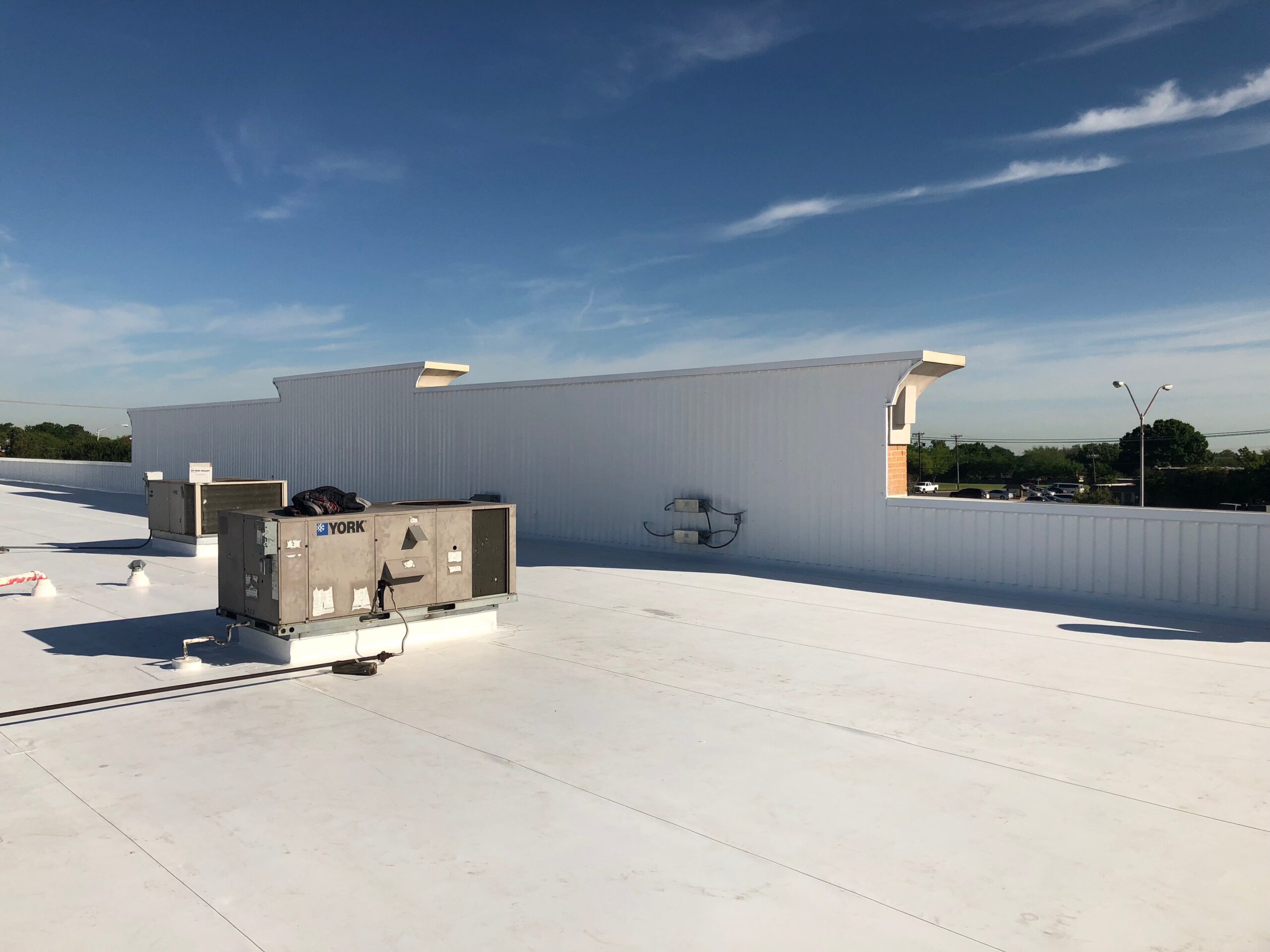Understanding White Roof Technology and Energy Efficiency
The Science Behind White Roofs and Heat Reflection
White roofs are designed to reflect a significant portion of the sun’s rays, reducing the amount of heat absorbed by the building. This technology leverages the reflective properties of white and light-colored surfaces to maintain cooler indoor temperatures. The concept is based on the principle that light colors reflect more sunlight, while dark colors absorb it.
- High Reflectivity: White roofs reflect up to 90% of sunlight, significantly reducing heat gain. This high reflectivity helps in lowering the surface temperature of the roof, which in turn reduces the heat transferred into the building.
- Thermal Emittance: White roofs also emit absorbed heat effectively, preventing it from transferring into the building. This means that any heat that does get absorbed is quickly released, further helping to keep indoor temperatures down.
- Reflective Coatings: Advanced coatings enhance the natural reflective properties of white roofs, ensuring maximum efficiency. These coatings can be applied to various roofing materials, providing a versatile solution for enhancing energy efficiency.
By utilizing these scientific principles, white roofs help in creating a more energy-efficient building. This not only reduces energy costs but also contributes to a more comfortable indoor environment, particularly during hot weather.
Impact of White Roofs on Energy Costs
Implementing white roof technology can lead to substantial energy savings throughout the year. The reduced heat absorption translates directly into lower cooling costs, as less energy is required to maintain comfortable indoor temperatures. Here’s a closer look at how white roofs impact energy costs:
- Reduced Cooling Costs: White roofs help maintain lower indoor temperatures, reducing the need for air conditioning and lowering cooling costs. Buildings with white roofs can experience a significant reduction in peak cooling demand, which is especially beneficial during the hottest months of the year.
- Extended Roof Lifespan: By minimizing thermal expansion and contraction, white roofs can extend the lifespan of the roofing materials. The constant heating and cooling cycle that dark roofs undergo can cause materials to degrade faster, while white roofs remain more stable, leading to fewer repairs and replacements over time.
- Overall Energy Efficiency: The high reflectivity and thermal emittance of white roofs contribute to overall energy efficiency and cost savings. This means that buildings with white roofs are not only cheaper to cool, but they also place less strain on HVAC systems, which can lead to further maintenance savings.
In addition to these direct savings, white roofs can also provide indirect benefits such as improved occupant comfort and reduced strain on electrical grids during peak usage times. These factors combine to make white roof technology an attractive investment for any commercial building.
Choosing White Roof Technology for Your Climate
White roof technology is particularly beneficial in warm and sunny climates where cooling costs are a major concern. However, it can also provide advantages in moderate climates by reducing overall energy consumption. Here’s how to determine if white roof technology is right for your building:
- Warm Climates: Ideal for areas with high temperatures and intense sunlight, where cooling costs are a significant part of the energy budget. In such climates, the ability of white roofs to reflect sunlight and reduce heat absorption can lead to substantial savings and improved indoor comfort.
- Moderate Climates: White roofs can still offer energy savings by maintaining a balanced indoor temperature and reducing both cooling and heating needs. Even in areas where winters are mild, the benefits of reduced summer cooling costs can outweigh the slight increase in heating costs during colder months.
When choosing white roof technology, it’s important to consider local climate conditions, building design, and energy consumption patterns. Consulting with a roofing expert can help you make the best decision for your specific situation, ensuring that you maximize the benefits of your new roof.
Types of White Roof Materials and Technologies
There are several materials and technologies available that incorporate white roof benefits, each offering unique advantages. Here are some of the most popular options:
- White TPO (Thermoplastic Olefin) Roofing: A popular choice for its durability, ease of installation, and high reflectivity. TPO roofing is also resistant to UV rays, chemical exposure, and punctures, making it a long-lasting option for commercial buildings.
- White EPDM (Ethylene Propylene Diene Monomer) Roofing: Known for its flexibility and resistance to extreme weather conditions. EPDM is a versatile material that performs well in a variety of climates, offering excellent durability and energy efficiency.
- White PVC (Polyvinyl Chloride) Roofing: Offers excellent chemical resistance and fire retardancy, along with high reflectivity. PVC roofing is highly durable and can withstand harsh environmental conditions, making it suitable for a wide range of applications.
- Reflective Coatings: Can be applied to existing roofs to enhance their reflective properties and improve energy efficiency. These coatings are a cost-effective way to upgrade the performance of an older roof without the need for a full replacement.
Each of these materials has its own set of benefits and ideal applications. By understanding the characteristics of each option, you can choose the best white roof technology for your building’s needs.
Benefits of White Roof Technology
White roof technology offers numerous benefits that go beyond just energy savings. Here are some of the key advantages:
- Environmental Impact: Reduces the urban heat island effect and lowers greenhouse gas emissions by decreasing energy consumption. White roofs help to reflect sunlight back into the atmosphere, reducing the overall temperature of urban areas and mitigating the impact of climate change.
- Improved Indoor Comfort: Maintains more consistent and comfortable indoor temperatures, enhancing occupant comfort. By keeping indoor spaces cooler, white roofs create a more pleasant environment for building occupants, which can improve productivity and satisfaction.
- Enhanced Roof Durability: Minimizes thermal stress on roofing materials, potentially extending the roof’s lifespan. The reduced temperature fluctuations mean less wear and tear on the roofing materials, leading to fewer repairs and replacements over time.
- Increased Property Value: Energy-efficient features can enhance the overall value of the property and appeal to environmentally conscious buyers. Buildings with white roofs are seen as modern, sustainable, and cost-effective, making them more attractive in the real estate market.
By investing in white roof technology, building owners can enjoy these benefits while also contributing to a more sustainable future. The long-term savings and environmental impact make white roofs a smart choice for any commercial building.
Energy Roofing Solutions: Your Partner in White Roof Technology
At Energy Roofing Solutions, we specialize in white roof technology and understand its significant benefits for energy efficiency. Our team of experts can help you choose the best white roofing materials and technologies to suit your climate and energy needs. We offer a range of services, from initial consultation and assessment to installation and maintenance, ensuring that your white roof performs at its best for years to come.
Contact us today for a consultation and let us assist you in making your building more energy-efficient. Our experienced professionals are here to answer your questions, provide expert advice, and guide you through every step of the process.
For more information and to explore our services, visit Energy Roofing Solutions. Let us help you harness the power of white roof technology to create a more sustainable and cost-effective building.







